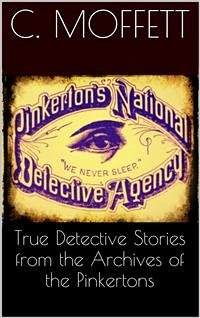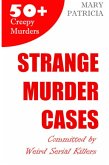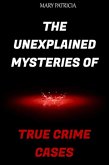About midnight on Tuesday, January 25, 1876, five masked men entered the house of John Whittelsey in Northampton, Massachusetts. Mr. Whittelsey was the cashier of the Northampton National Bank, and was known to have in his possession the keys of the bank building and the combination to the bank vault. The five men entered the house noiselessly, with the aid of false keys, previously prepared. Passing up-stairs to the sleeping-apartments, they overpowered seven inmates of the house, gagging and binding them so that resistance or alarm was impossible. These were Mr. Whittelsey and his wife, Mr. and Mrs. T. B. Cutler, Miss Mattie White, Miss Benton, and a servant-girl.The bedroom of Mr. and Mrs. Whittelsey was entered by two men who seemed to be leaders of the band. One wore a long linen duster buttoned nearly to the knees, also gloves and overshoes; the other wore a jacket and overalls. Both men had their faces concealed behind masks, and one of them carried a dark-lantern. On entering the room the two men went directly to the bed, one standing on either side, and handcuffed Mr. Whittelsey and his wife. Both carried revolvers. The proceedings were much the same in the other rooms.
Bitte wählen Sie Ihr Anliegen aus.
Rechnungen
Retourenschein anfordern
Bestellstatus
Storno









